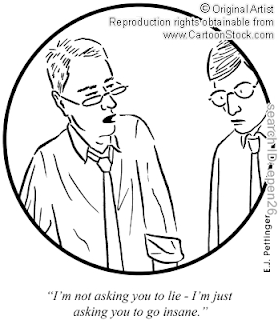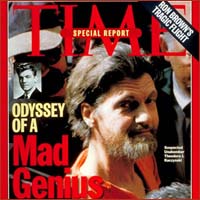PowerBar Protein plus are my favorite. Most flavors taste good and they are satisfying in the sense that I feel full when I am done eating one.
The first ingredient is a protein isolate blend made from soy whey and casein (milk), the second ingredient is maltitol. Maltitol is one of the main ingredients in corn syrup. In some countries, warning labels are required because of its laxative effect. The third ingredient is chocolate-like frosting. The frosting is not healthy, but I like it.
I like the peanut butter flavor best, but others are similar. I don't care for the vanilla-frosting.
Regular size is 2.75 oz/78g with 300 calories, 23 g of protein; 9 grams of fat fortified with many vitamins including 15% iron and 25% biotin. I paid $2.19.
Take care NOT to buy the low protein versions, called Energize, Pure and Simple, Nut Naturals and Harvest. These lower cost bars could be good for hiking or biking, but they are too low in protein to count as protein bars. I never buy them, so I can't comment on the flavor.
There is a Protein Plus 30 gram of protein size, and it is the same as the Protein Plus regular size, but bigger.
PowerBars are from Nestle, the international food company.
Myoplex is from the pharmaceutical company Abbott. I got it in the pharmacy department of the grocery for $1.99.
It features whey protein, and its second and third ingredients are sugar. It is sweet and has a strong chocolate-flavor -- almost too strong. Good with coffee.
The bar is 2.65oz/75g with 280 calories, 25g of protein, 8g of fat, contains vitamins and minerals including the highest iron at 35% daily value, biotin, selenium and molybdenium.
This is the most nutritious product in terms vitamins and minerals.
Clif Builder's advantage is that it has "more natural" ingredients. The main protein is soy, it is colored with beet juice, sweetened with organic rice syrup (rather than corn syrup) and cane sugar.
I don't like the flavor as well. I don't buy that this is a better quality bar since it is natural. It is pretty artificial to me. If you want natural, eat some peanuts.
It is a larger sized bar at 2.4 oz/68 grams with 270 calories, 20 grams of protein; many vitamins and minerals with 25% iron which is relatively high.
Muscle milk bars don't taste very good. They have a chemically taste, and I did not finish it. The bar is also hard to chew. If I were at home, I might have microwaved it to soften it.
Big 100 Colossal taste OK, but it is just too big for one serving. I would cut it in two in order to eat it. It is from the same maker as the Protein Plus bar below.
Odwalla Original Super Protein Bar has a better flavor than some and it does not have the chocolate-like frosting on the outside. Instead it has raisins and dates for fruitiness.
I like these for a change, but sadly I prefer the fake chocolate-like frosting of the others for day-to-day.
Odwalla has a more "natural" set of ingredients. It is based on soy protein, raisins are the second ingredient, and rice syrup is the main sweetener as with Clif's.
Odwalla mainly makes beverages, and its website is obnoxiously cute.
210 calories, 14 g of protein; many vitamins with 10% iron. Odwalla is more natural, but it has the least protein per calorie. I'd buy this if I wanted a fruity bar rather than a chocolatey one.
Met-Rx Protein Plus Protein Bar is from a small Florida company. It is based on milk proteins, although the first ingredient is chocolate-flavor frosting. Despite this the flavor was not that chocolatey.
This bar was smaller at 1.76 ounces, 180 calories, with 19 grams of protein and 6 grams of fat. It also has vitamins, but only 8% iron. This bar has the most protein with the lowest calories.
It has a warning about the indigestibility of sugar alcohols, presumably the maltitol in the frosting. I did not have a problem with eating this though.
 Pure Protein High Protein Bar is chewy, sweet and chocolatey -- so much that it does not seem healthy to eat.
Pure Protein High Protein Bar is chewy, sweet and chocolatey -- so much that it does not seem healthy to eat.It is from Worldwide Sport Nutritional Supplements, whose website has a 'Roid Rage video that is creepy. There are no protein bars on the website -- only protein drinks.
The protein is from whey with some soy crisps and peanuts. All the usual vitamins, but only 8% iron. It has 200 calories in 1.76 oz = 50 grams overall; 20 g of protein; 3 g of fat. It is primarily sweetened with maltitol, as with Met-Rx above.
The most important thing for me is protein content per calorie, because I want the muscle-building and appetite-quenching benefits of protein without getting fat. The graph below shows that the Met Rx Protein Plus is the best. The Odwalla Original is the worst.
 |
| The highest protein bars have the lowest iron content. Myoplex looks like a good balance. |
In summary, I am going to get some Myoplex and Met Rx Protein Plus next time I am at the store. I will update the taste test info down the road.











































